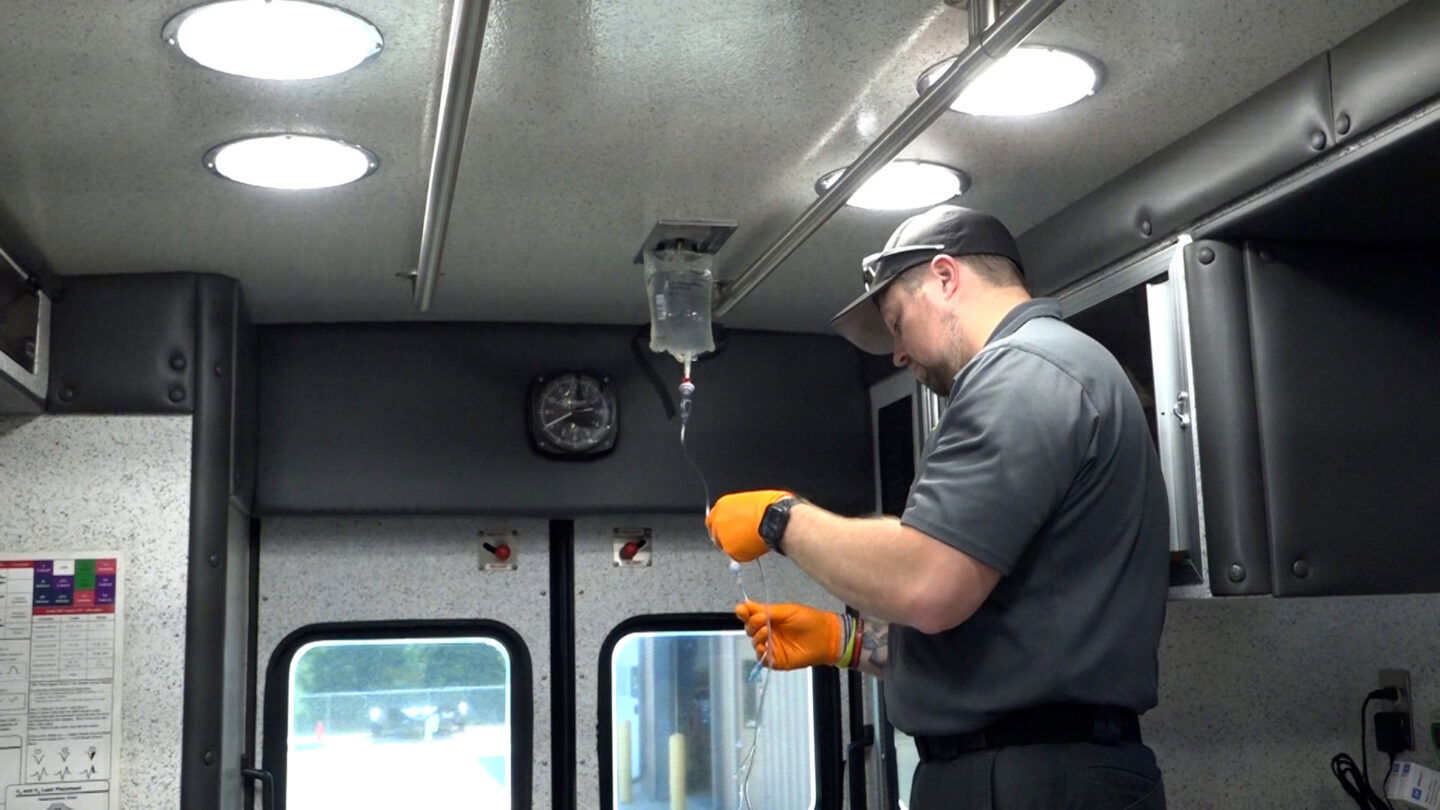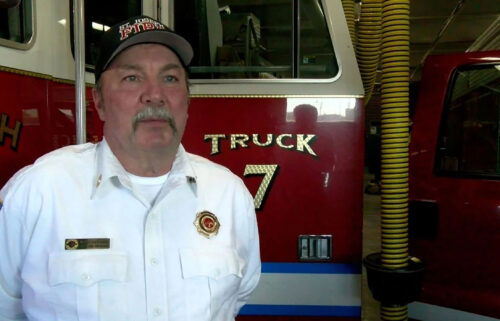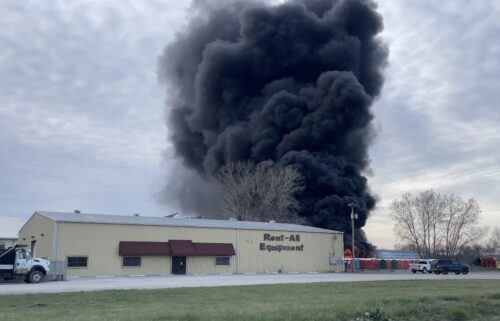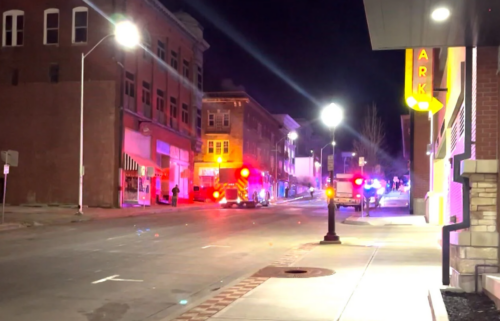Overdose calls remain a concern for EMS

By Jenna Wilson
Calls involving opioid overdoses have unfortunately become an all-too-common theme for first responders in St. Joseph.
Buchanan County EMS crews ran more overdose calls last month than in February of 2023, according to Buchanan County EMS paramedic Andrew King.
These overdoses can be a result of recreational drug use, self-harm or unintentional, but the majority are due to illicit use of opioids.
“When it comes to overdoses, most of the calls that we run are going to involve opioids,” King said. We’ve noticed the trend over the years has shifted more towards that. We ran a total of 49 overdose calls in the first quarter of 2023 and so far in 2024, in this quarter one, we’ve already run 29 calls and that’s just the number of overdose calls that come into our center.”
King said the issue is impacting all ages and both men and women, with the average age of victims being about 30.
While the accessibility of Narcan has played a key role in reducing drug overdose deaths, it concerns first responders that people are relying on it too often.
“A lot of times when we show up on scene there’s nobody still there,” King said. “Whether they were given Narcan and ran before we got there or whether somebody left on their own accord, we don’t always know the outcome of that but we always want people to go with us because that Narcan is going to wear off and a lot of times it will wear off before those opiates will.”
Even for emergency crews, it can be hard to detect what kind of drug someone has ingested as different strands of stronger opioids including fentanyl and nitazene have made their way into the area.
Many of these opioids require a specific dosage of Narcan, according to paramedics, and it may only be effective if administered correctly.
“The Narcan doesn’t remove that opiate and when that Narcan wears off they can re-overdose,” King said. “There are reasons that we dose Narcan the way that we do and why we give smaller doses than maybe what is carried by other first responders such as police, fire or what is given out to the public. That is because a lot of times we want to bring people up more slowly because there are some dangers of bringing somebody out of an overdose too fast.”
The safest option is to avoid taking any drug that has been given out illegally.
“It could be something as simple as somebody smoking some marijuana with a friend and not knowing what all is mixed in it,” King said. “It kind of goes back to the adage when you’re at a party you’re never supposed to leave your drinking uncovered because you don’t know what might be slipped into it. That same sentiment holds true for drugs as well.”




